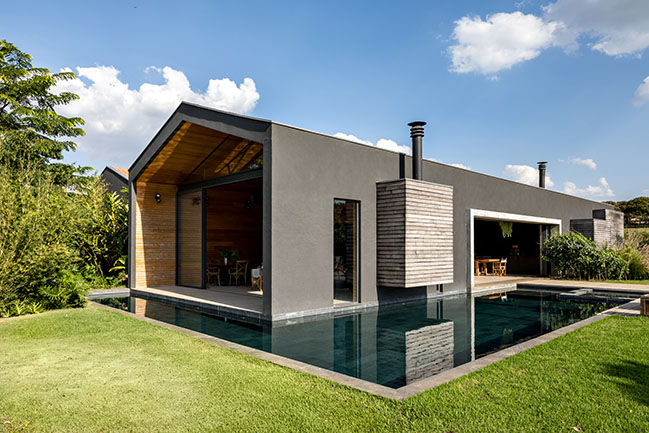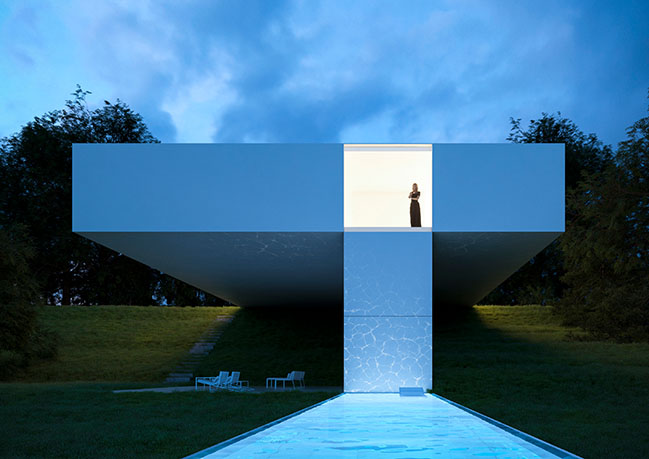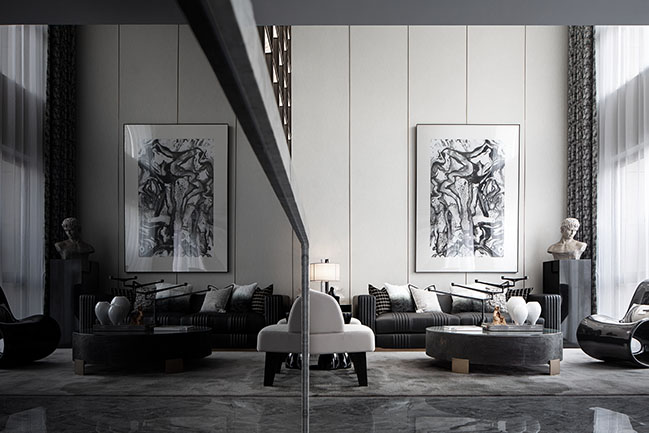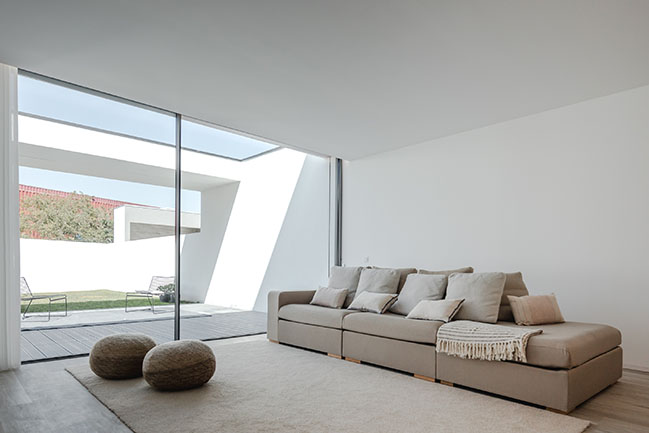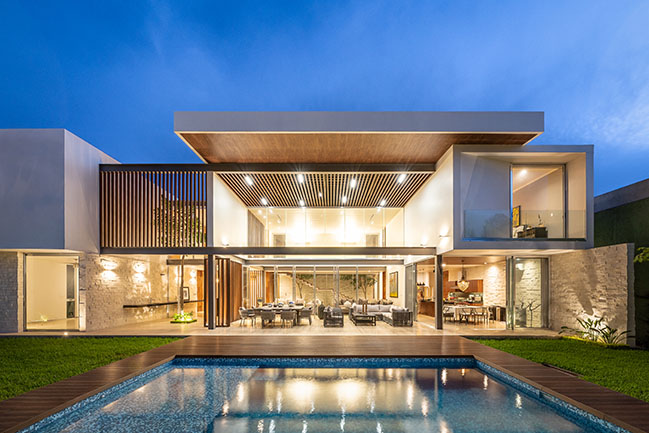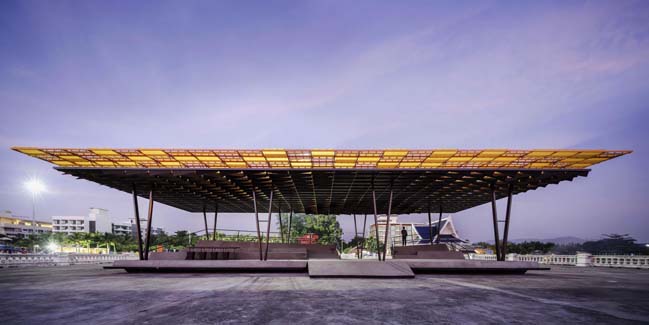11 / 11
2019
Mecanoo reinterprets the Dutch farm typology in Villa Vught with warm materials and framed views of the surrounding landscape...
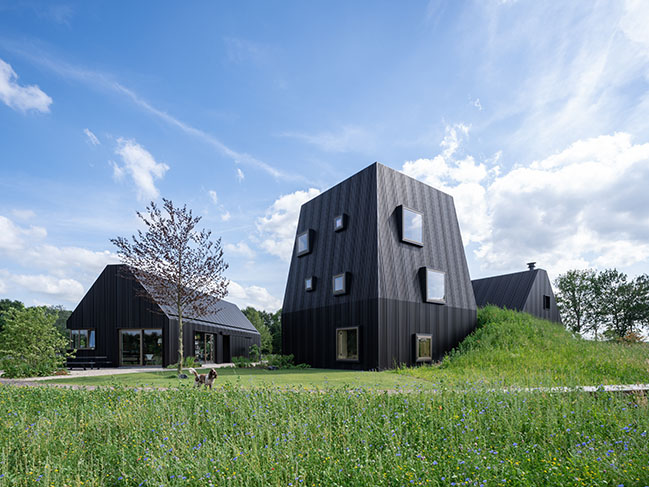
Architect: Mecanoo
Location: Vught, Netherlands
Year: 2019
Size: 683 sq.m.
Photography: Ossip Architectuur Fotografie
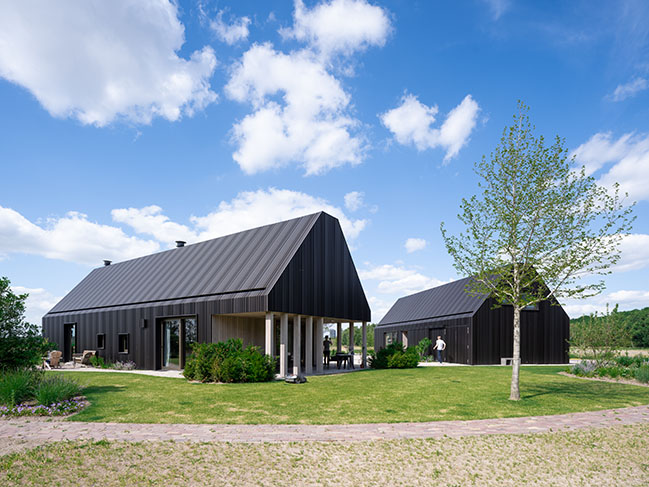
From the architect: Traditionally, the Dutch ‘hoeve’ is an ensemble of farmhouses and living quarters loosely clustered around a courtyard. The central open space is protected, yet open to the surrounding landscape. This spatial arrangement guided the design of the Villa.
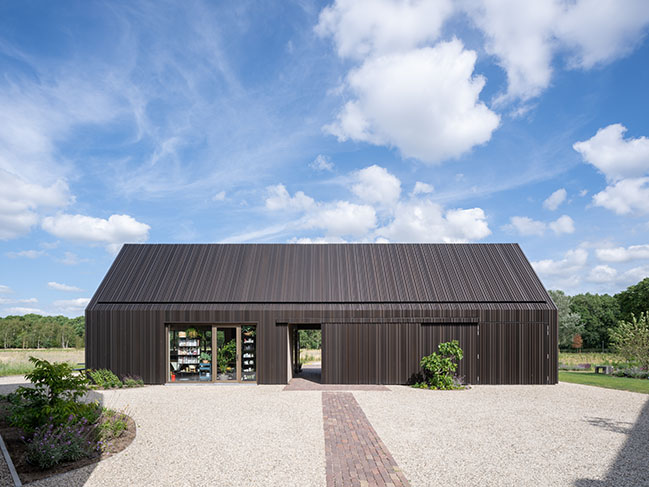
The Villa’s functions are distributed within three distinct volumes, shaped to resemble the vernacular of a small village. The two lower volumes are shaped like typical gabled barns directly connected to the surrounding gardens. The higher volume captures the view of the wide landscape and forms a striking contrast with the lower buildings.
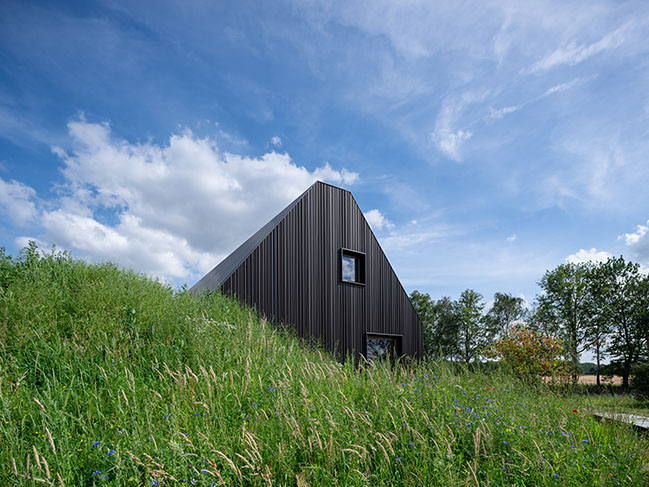
Functional arrangement
The tallest element, the most prominent building, contains the master bedroom on the ground floor, children’s rooms on the upper floors and a roof terrace at the top. Of the two barns, one is furnished as a living room, kitchen with dining area and large veranda on the south-west side, with a workspace and playroom on the first floor. The other barn features a cooking studio where up to twenty people can participate in culinary classes, workshops and team-building activities led by the client. Next to the studio is a garage, storage area and a guest suite on the first floor. Large sliding doors in the centre can be opened to reveal an entrance gate to the courtyard.
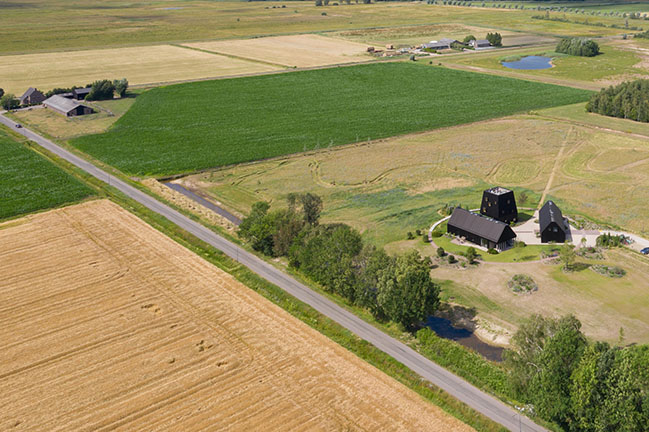
The design ambition endeavoured to connect the residential functions while maintaining the detached traditional farmstead typology. To this end, a half-sunken corridor, concealed beneath a grass mound, links the taller landmark volume with the barn’s living room. The barn containing the cooking studio and guesthouse, is completely detached, maintaining sightlines from the courtyard to the surrounding landscape.

Warm materials and framed views
The Villa’s construction and detailing also emulate the Dutch ‘hoeve’ or farmstead. The exterior dark bronze anodised aluminium cladding, chosen to seamlessly extend beyond the façade to the roof top, is profiled to resemble the corrugated iron roofs of nearby farm buildings. The window frames, which traditionally have a brighter colour, have a lighter bronze aluminium finish.

Throughout each building, views towards the landscape are carefully framed. Rather than making wide full-height openings, windows are placed like picture frames, adorning the walls with selected images of the surrounding farmlands.

Wood is used for both the structure and interior finish, a material that is at once sustainable and visually warm. The three buildings have a cross-laminated timber structure and European silver fir interior surfaces, a type of wood that has an exceptionally smooth and uniform texture.
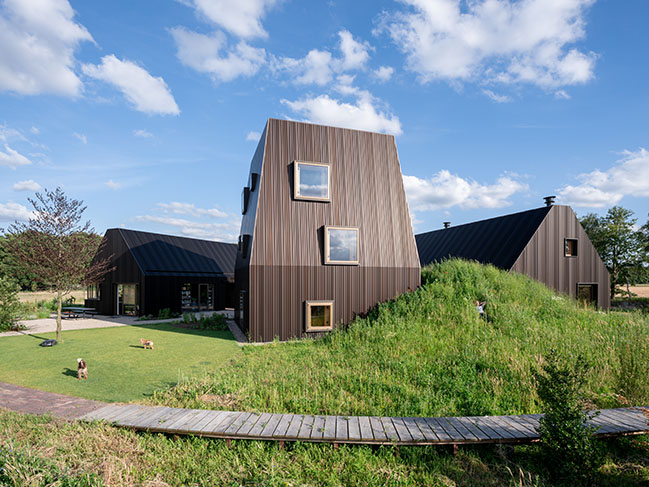
Compared to other solid construction methods, relatively little energy is needed for the production and processing of cross-laminated timber. It contributes to sustainable CO2 storage as well. The villa has an Energy Performance Coefficient (EPC) of 0.26 and is heated and cooled with electric heat pumps.
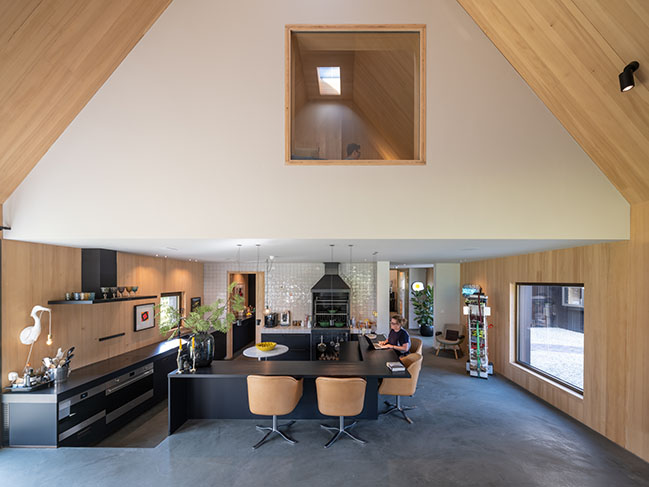
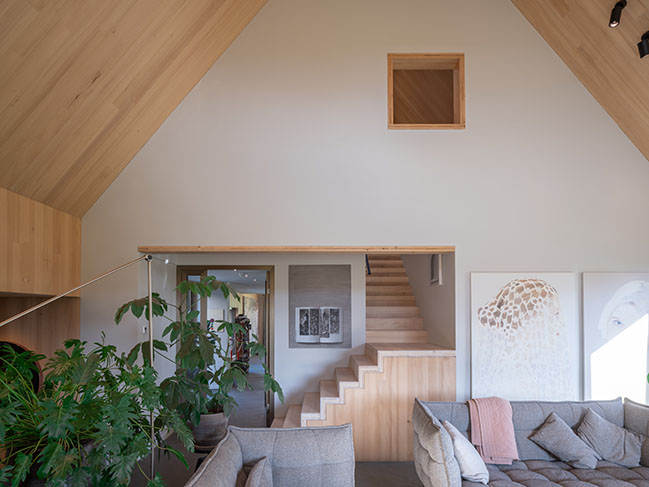
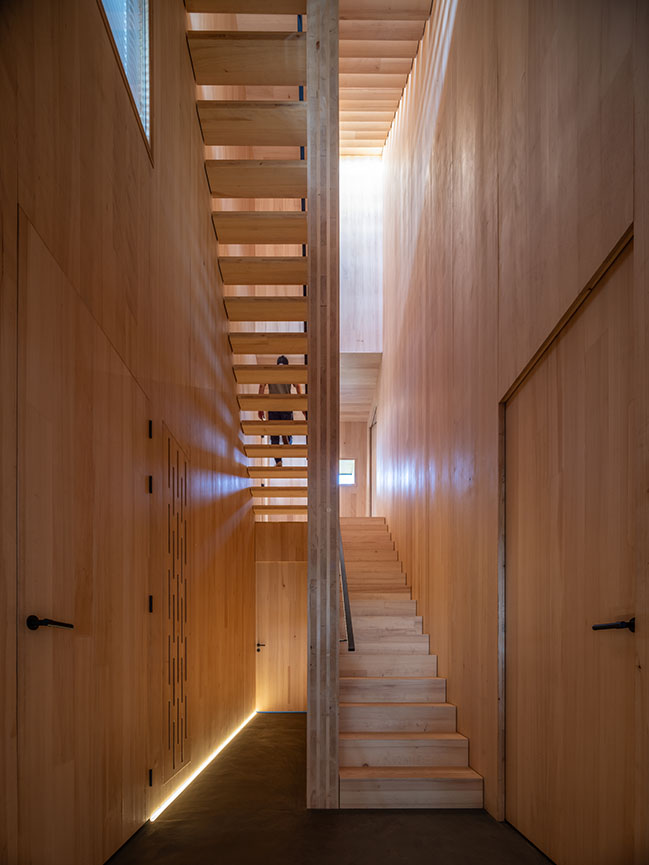
YOU MAY ALSO LIKE: Glass villa on the lake in Lechlade by Mecanoo
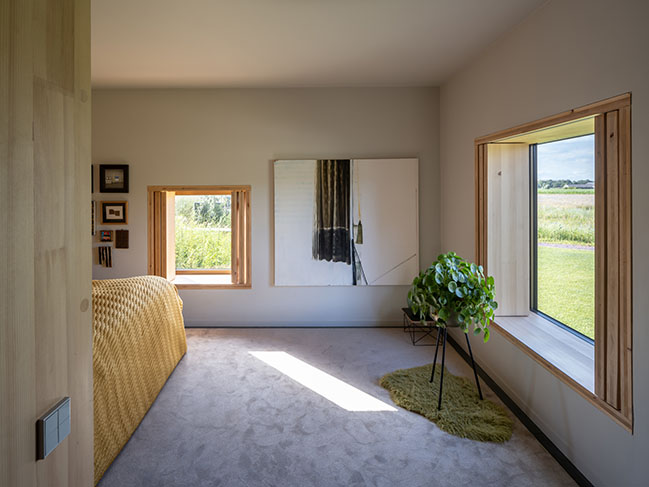
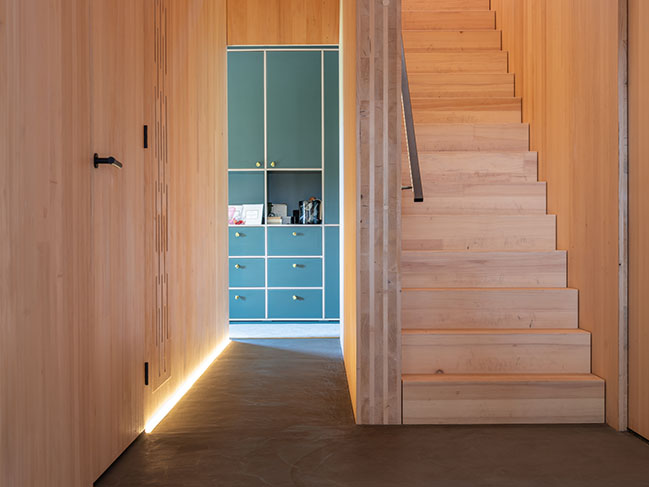
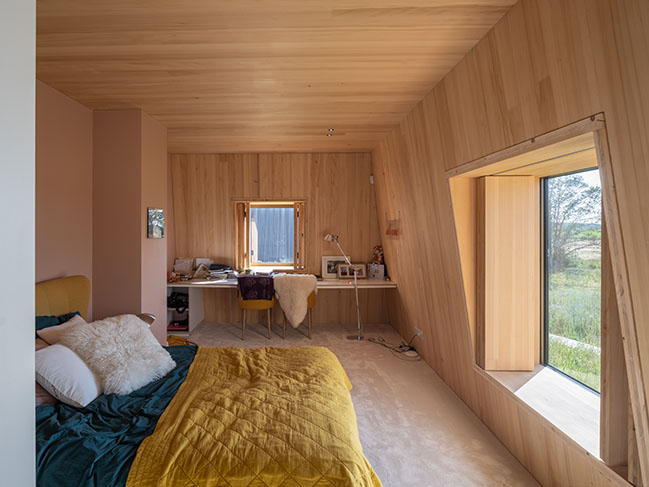
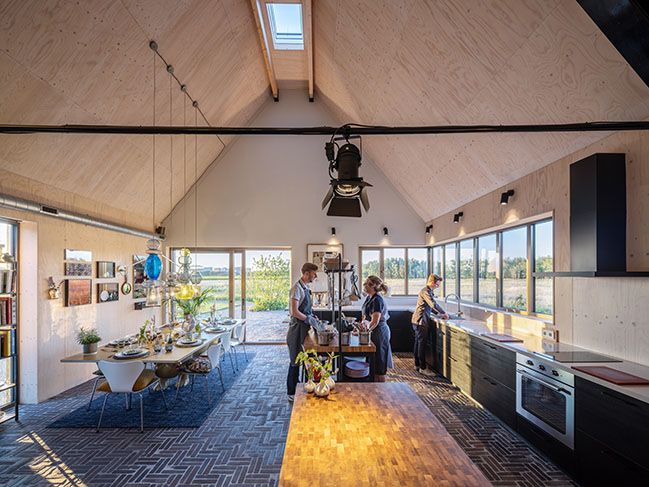
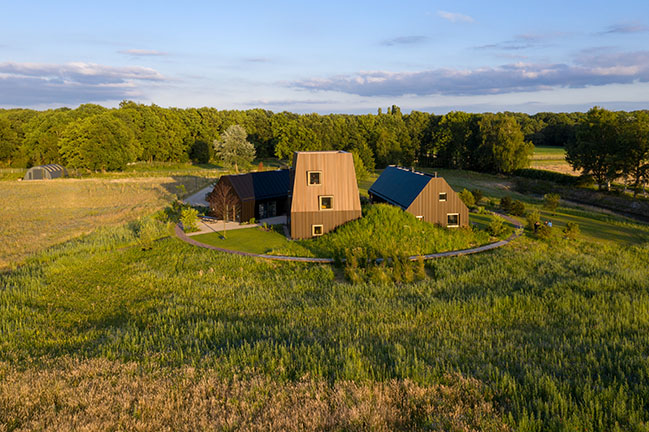
YOU MAY ALSO LIKE: Konka mixed-use by Mecanoo
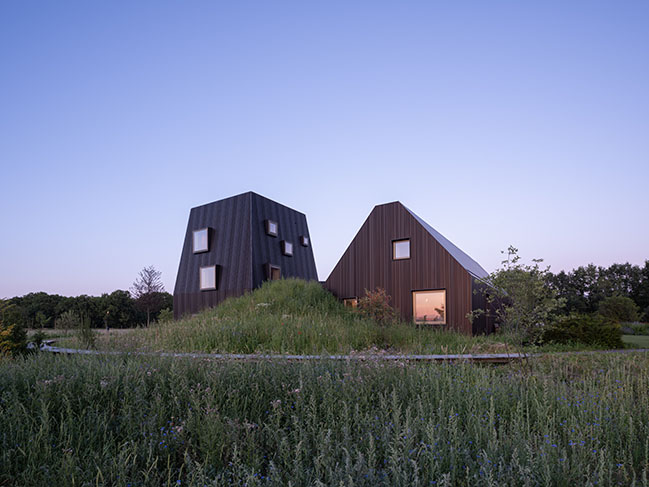
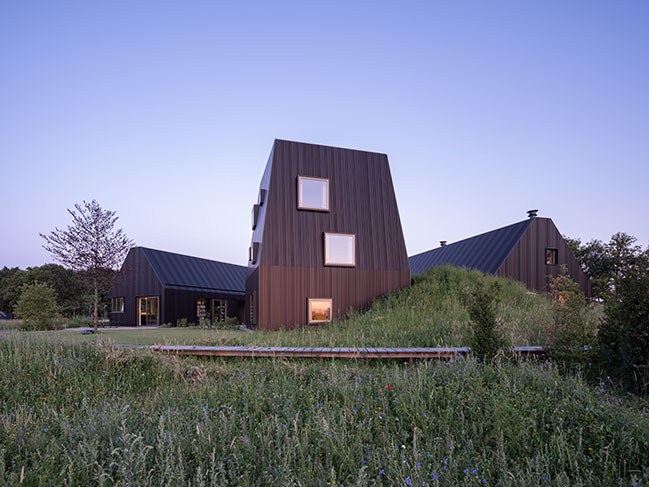
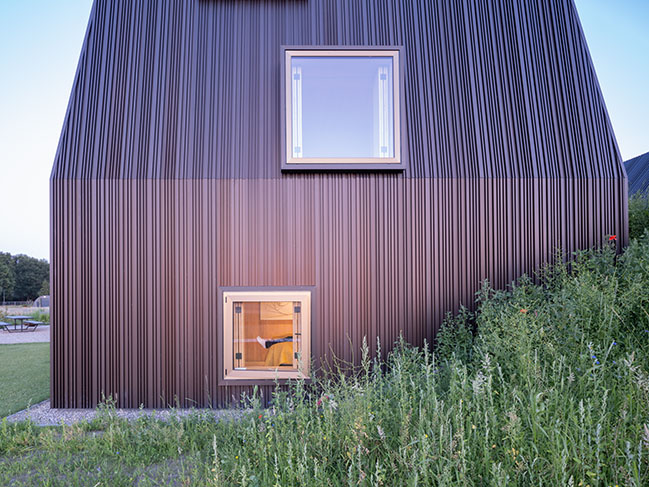
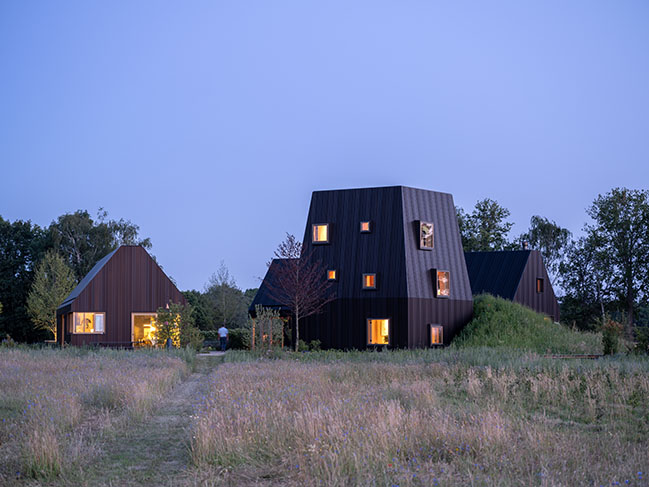
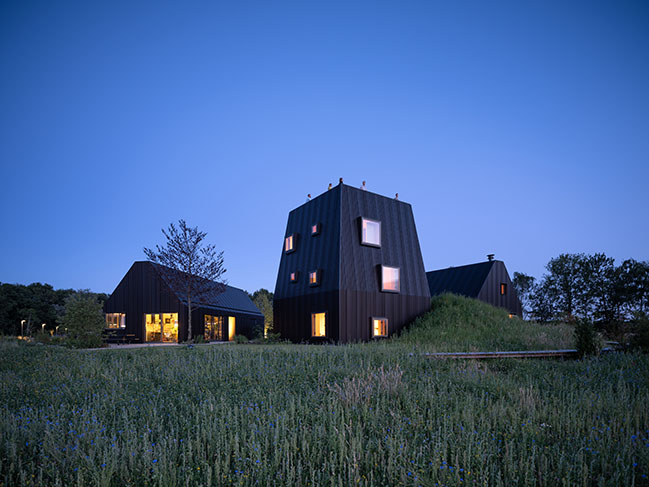
YOU MAY ALSO LIKE: Mecanoo completes Masterplan Villa Industria in Hilversum
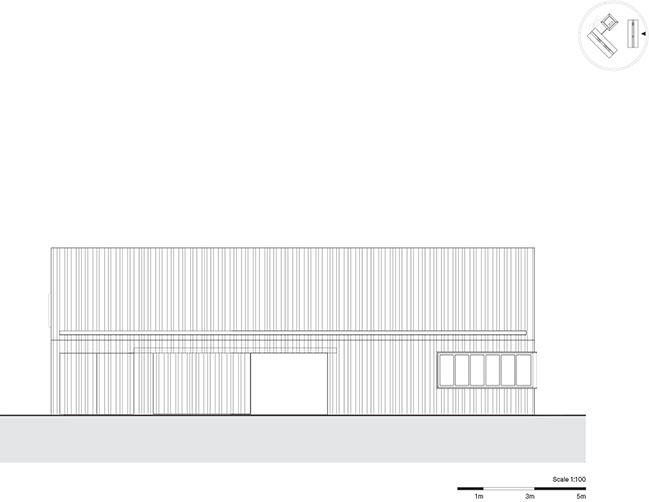
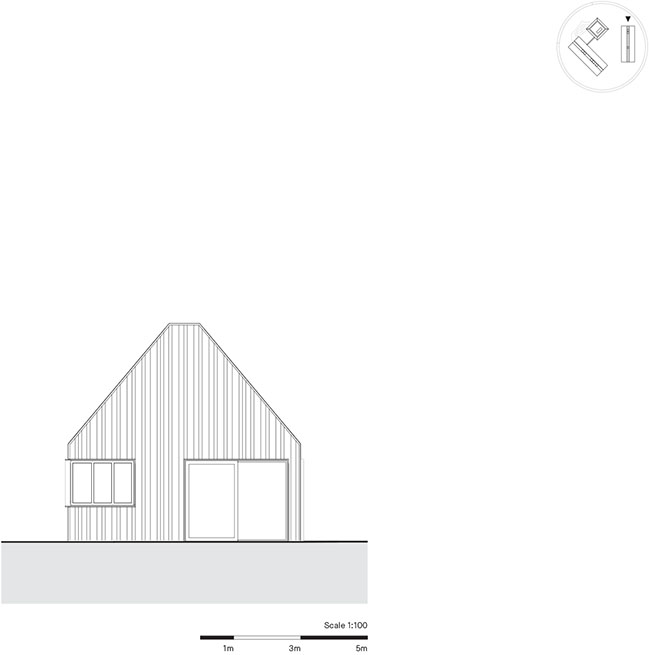
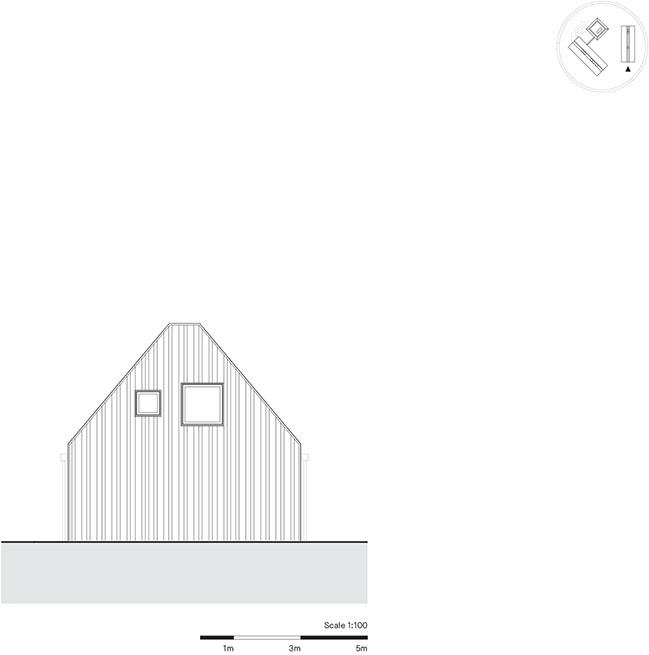
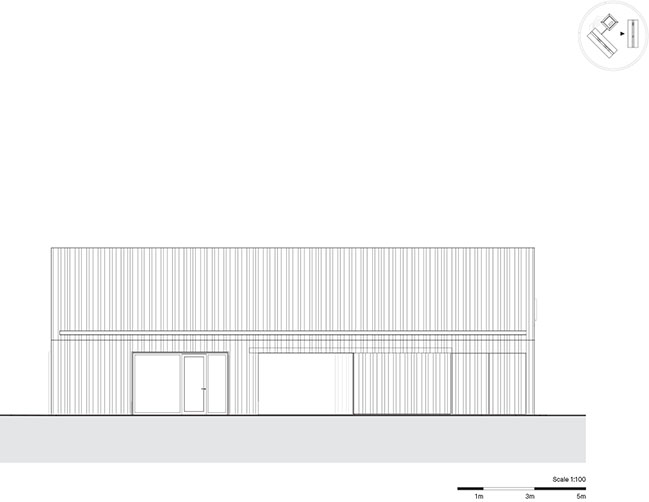
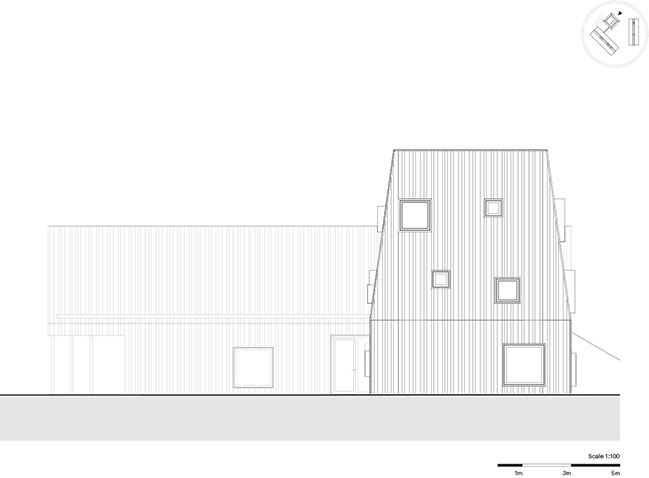
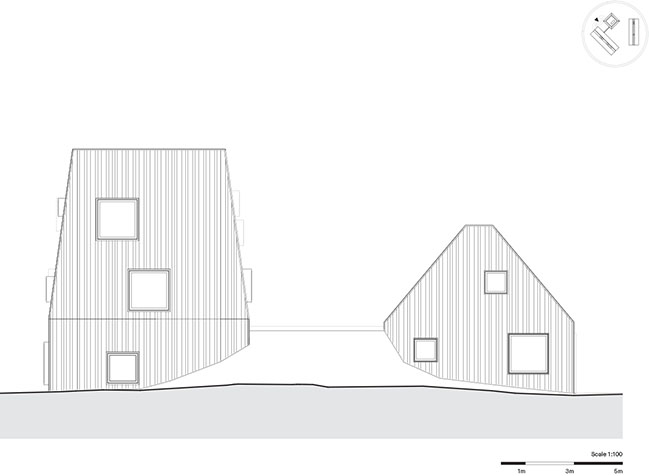

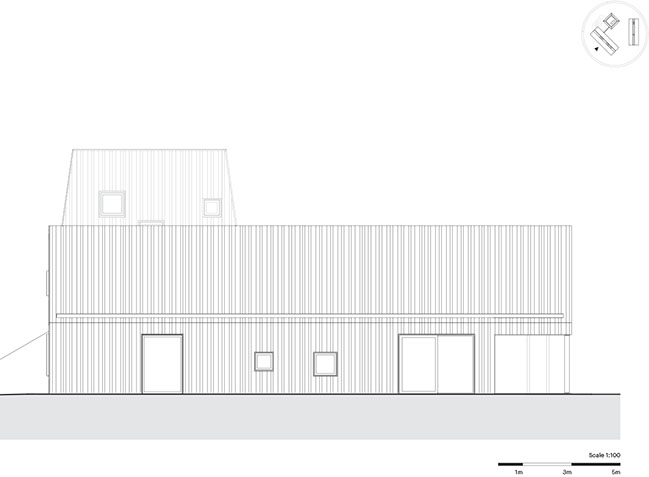
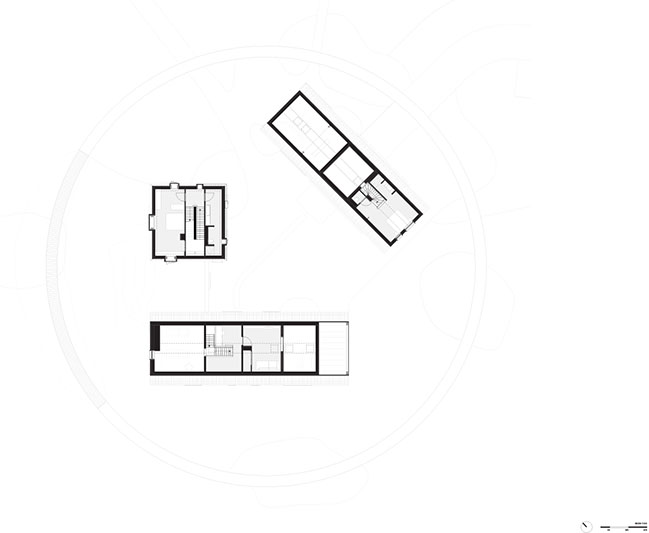
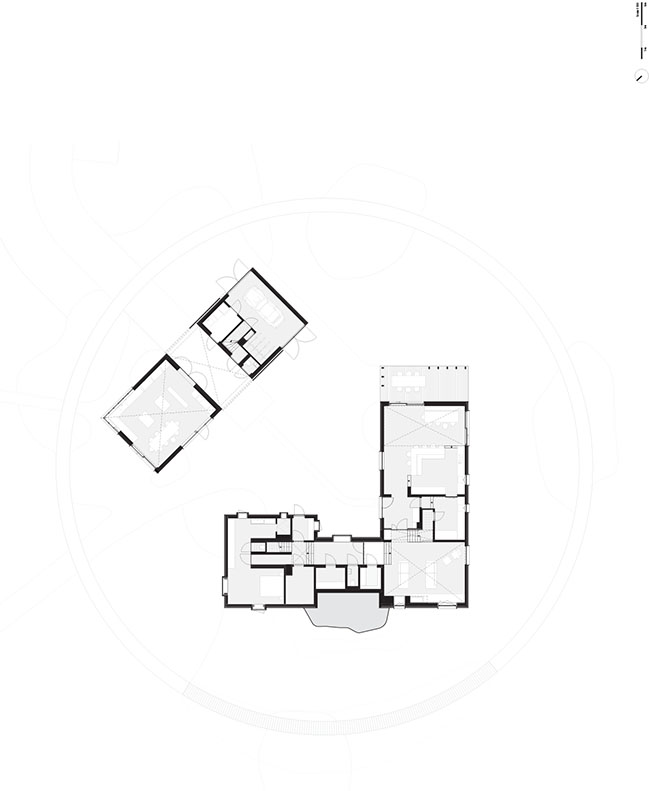
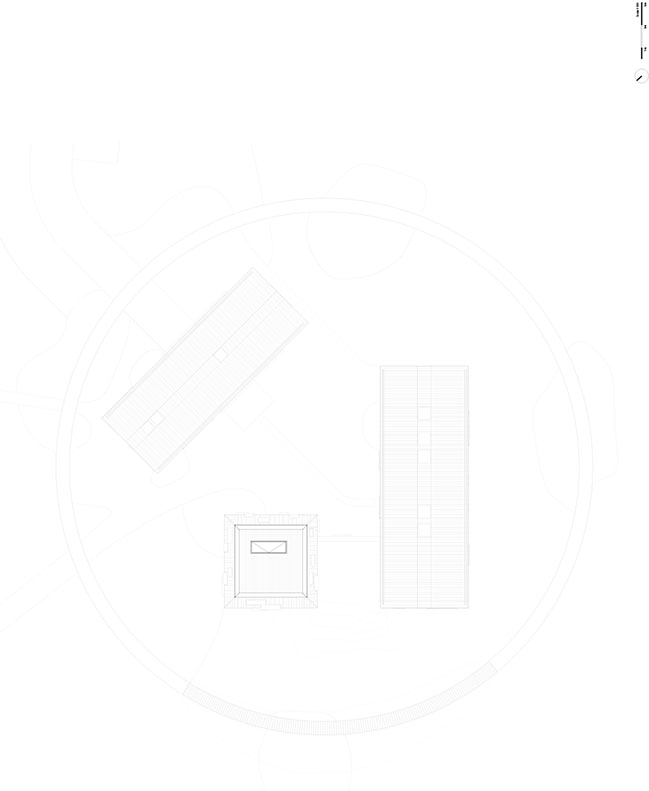
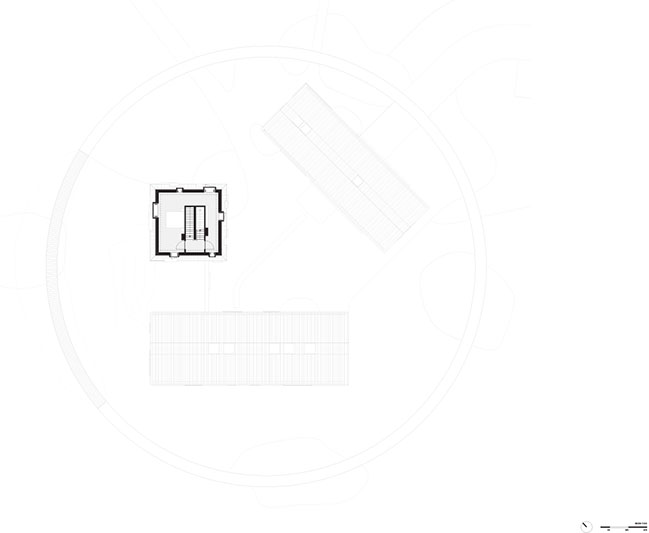
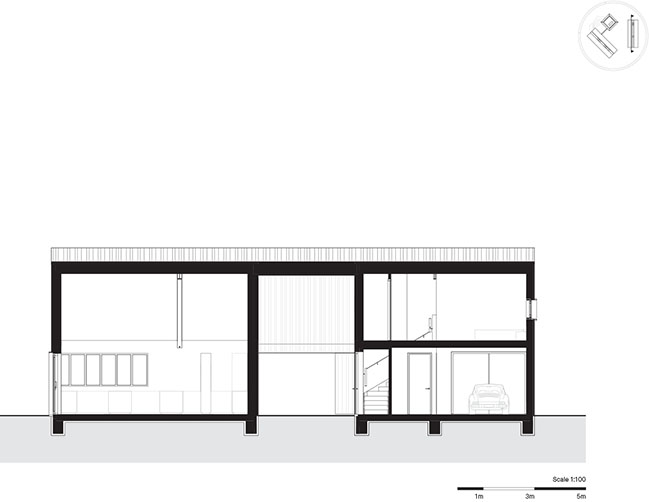
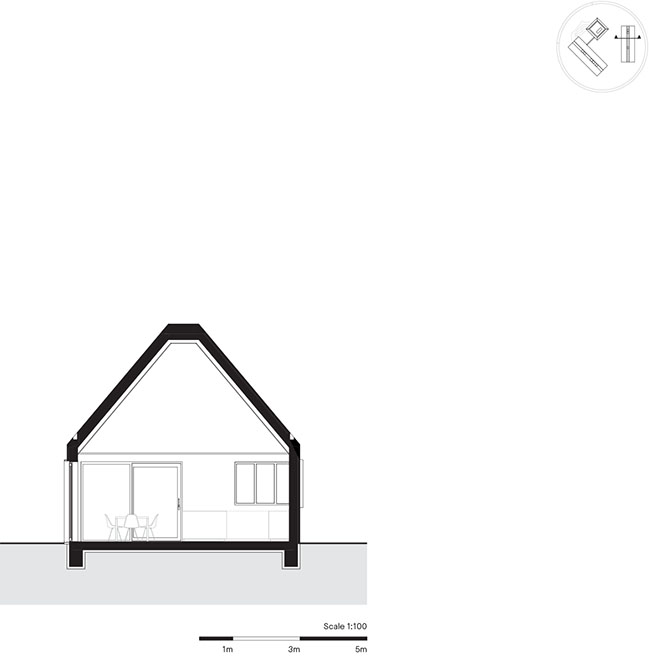
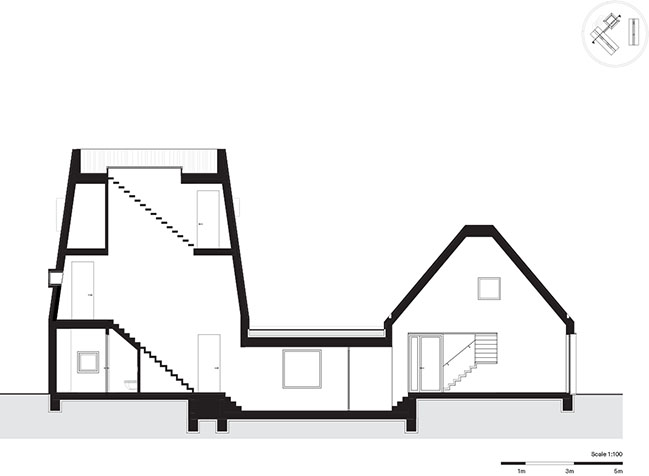


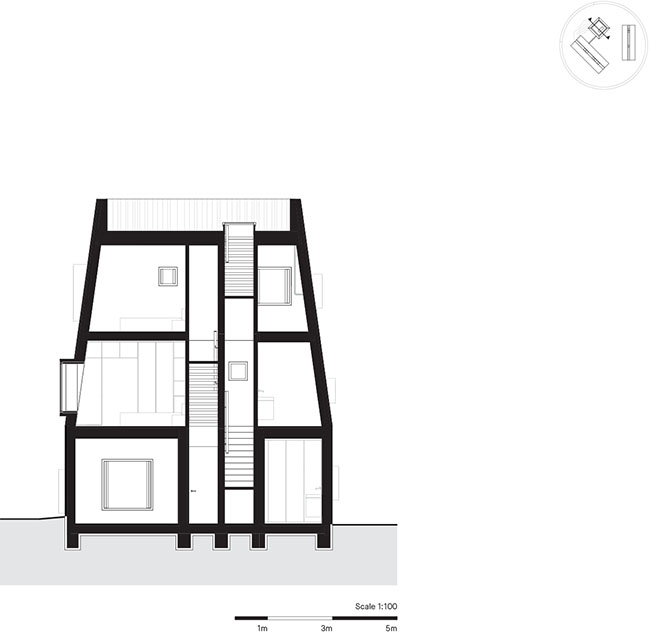
Villa Vught by Mecanoo
11 / 11 / 2019 Mecanoo reinterprets the Dutch farm typology in Villa Vught with warm materials and framed views of the surrounding landscape
You might also like:
Recommended post: The Flow - A Multipurpose Pavilion
